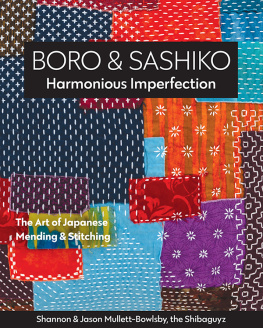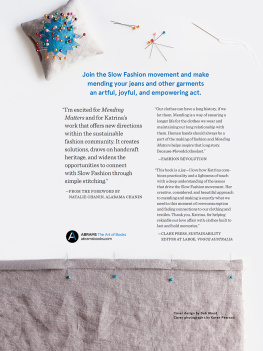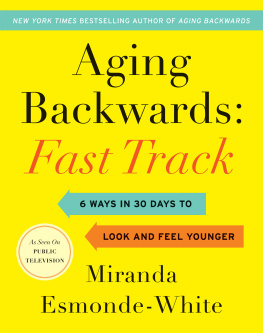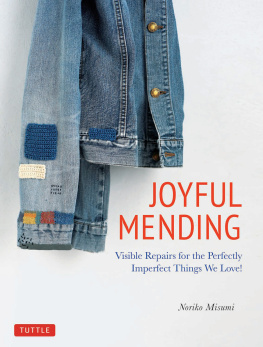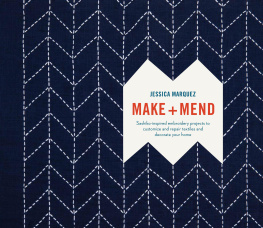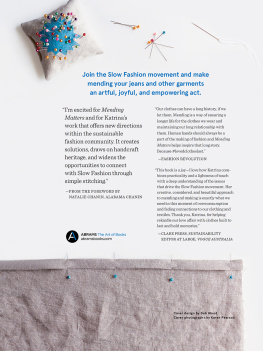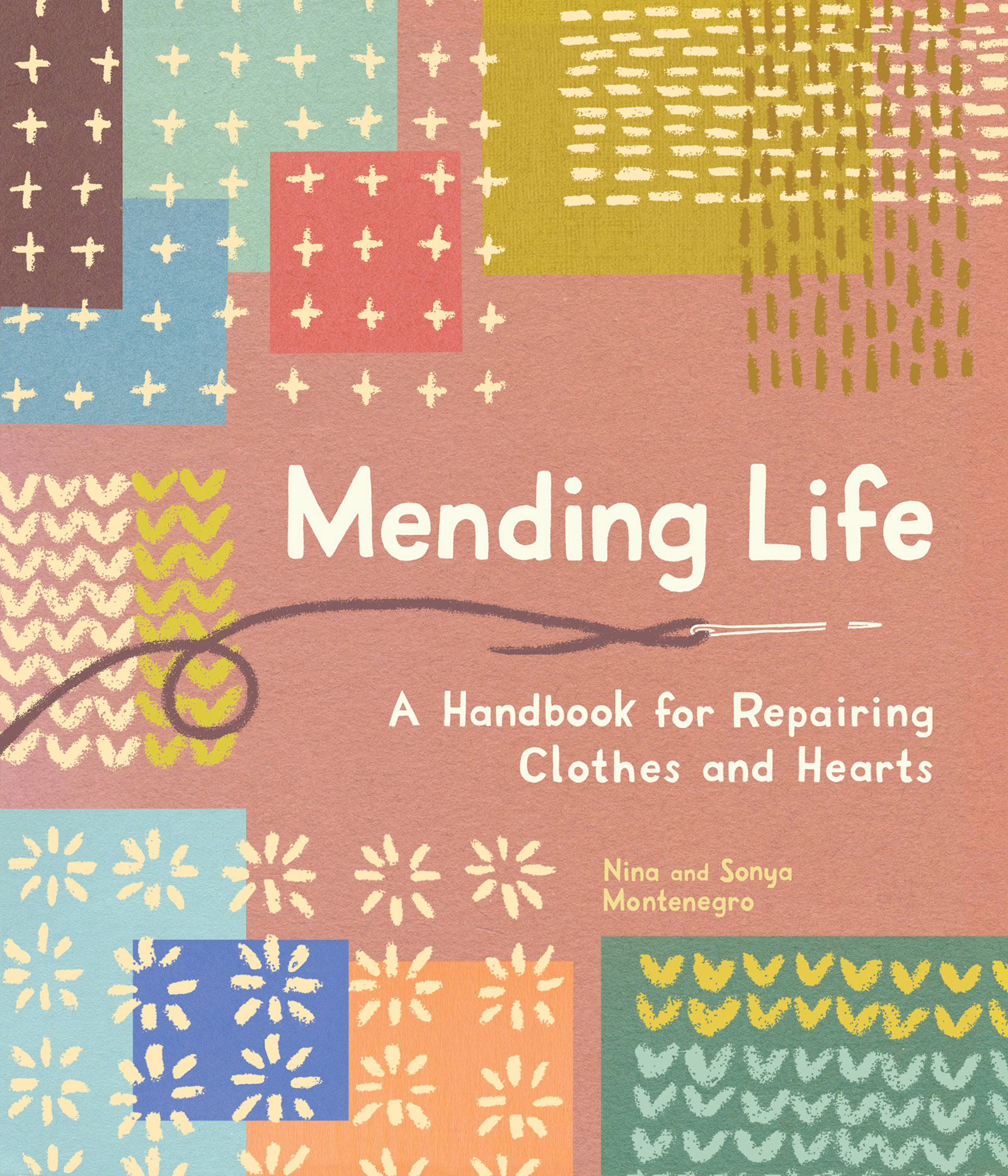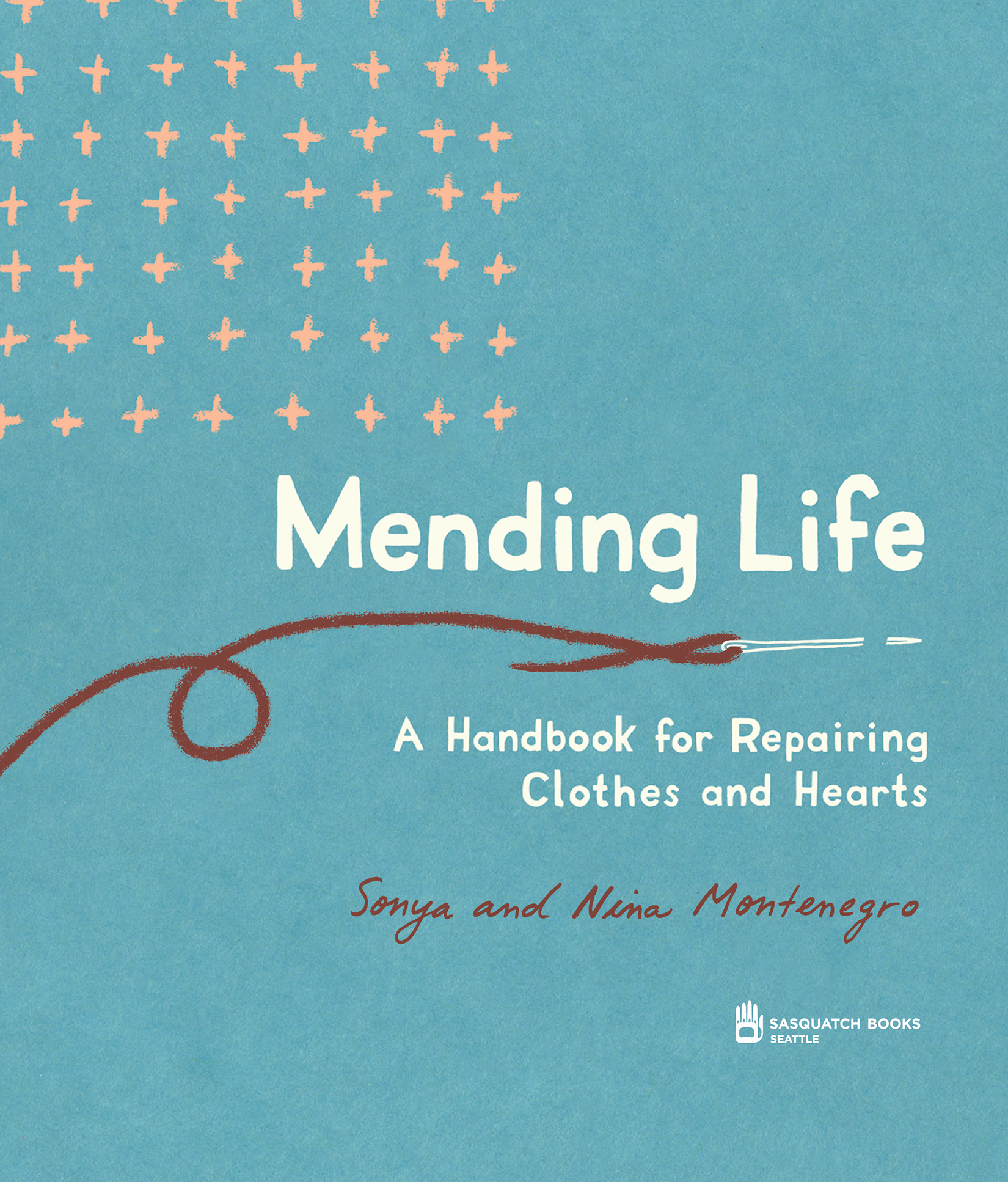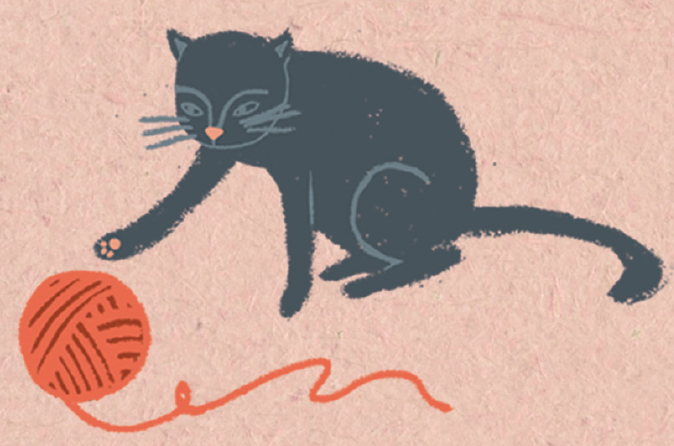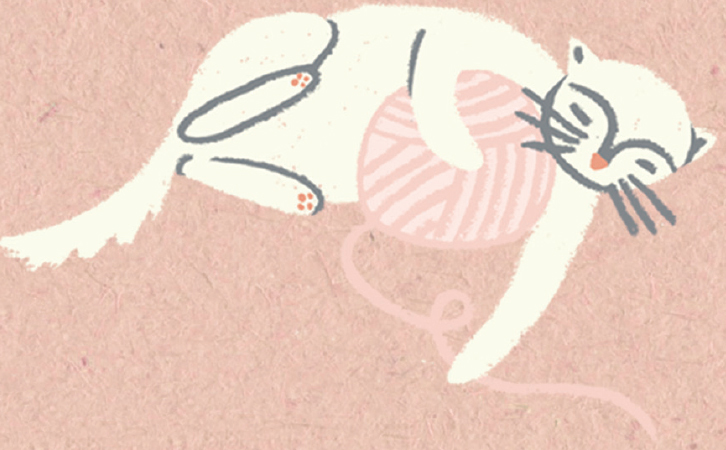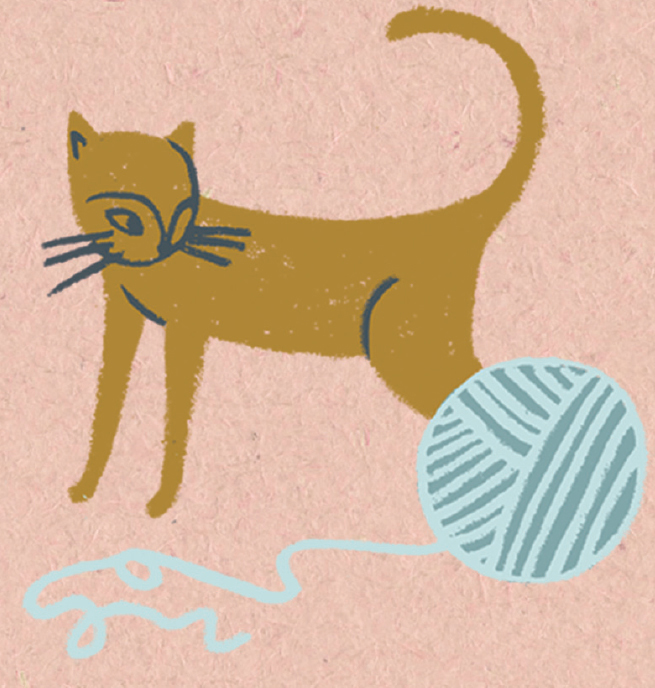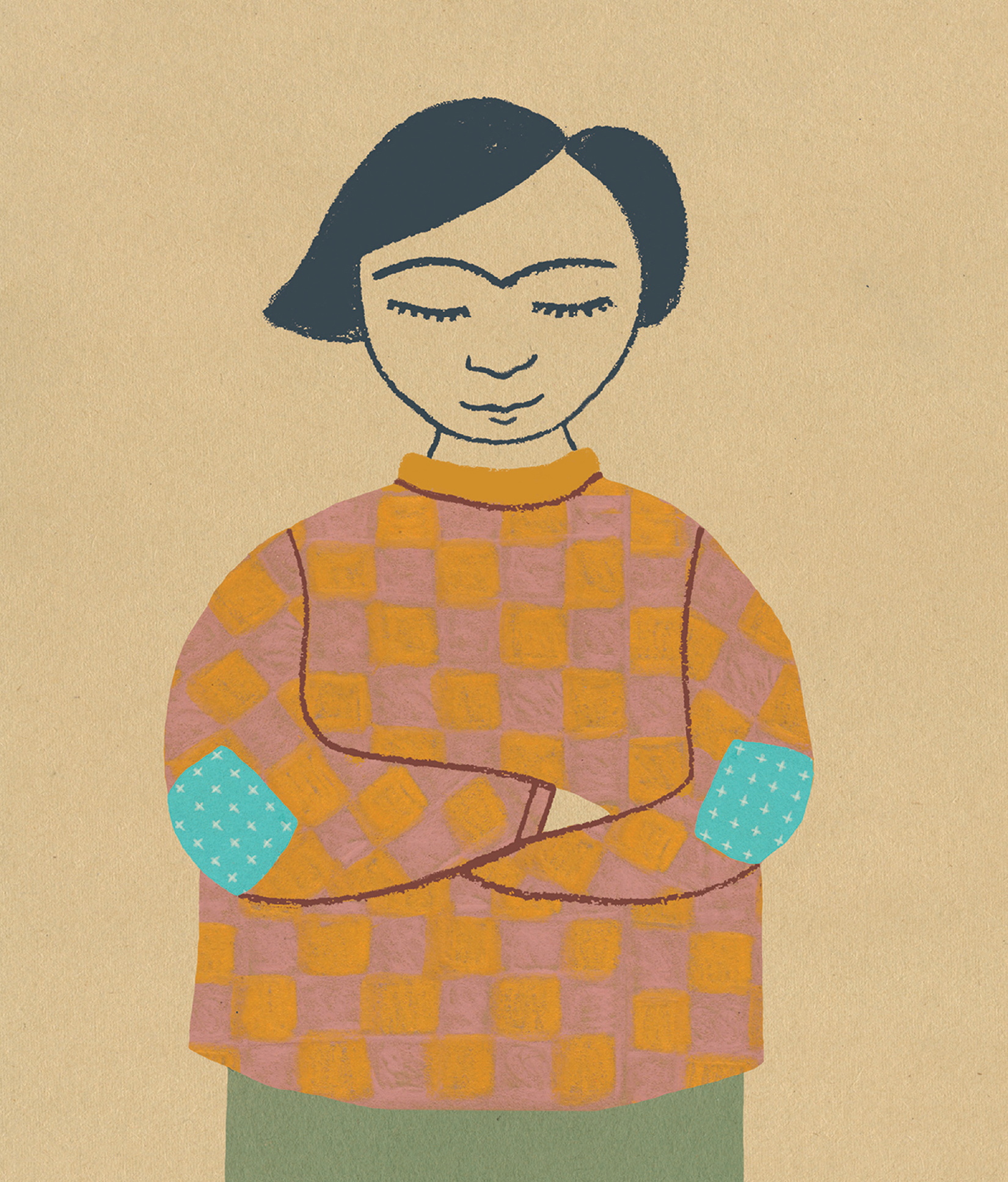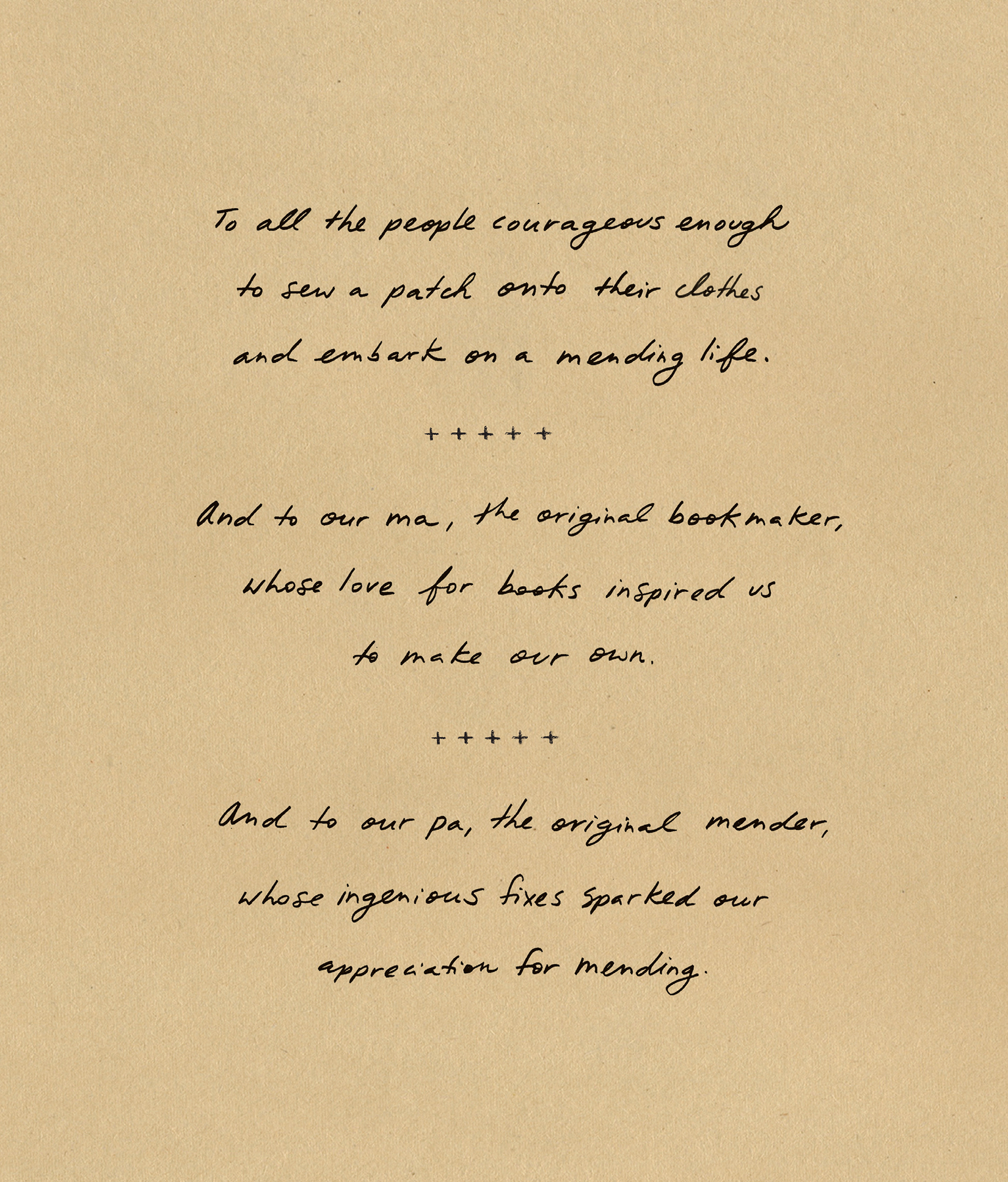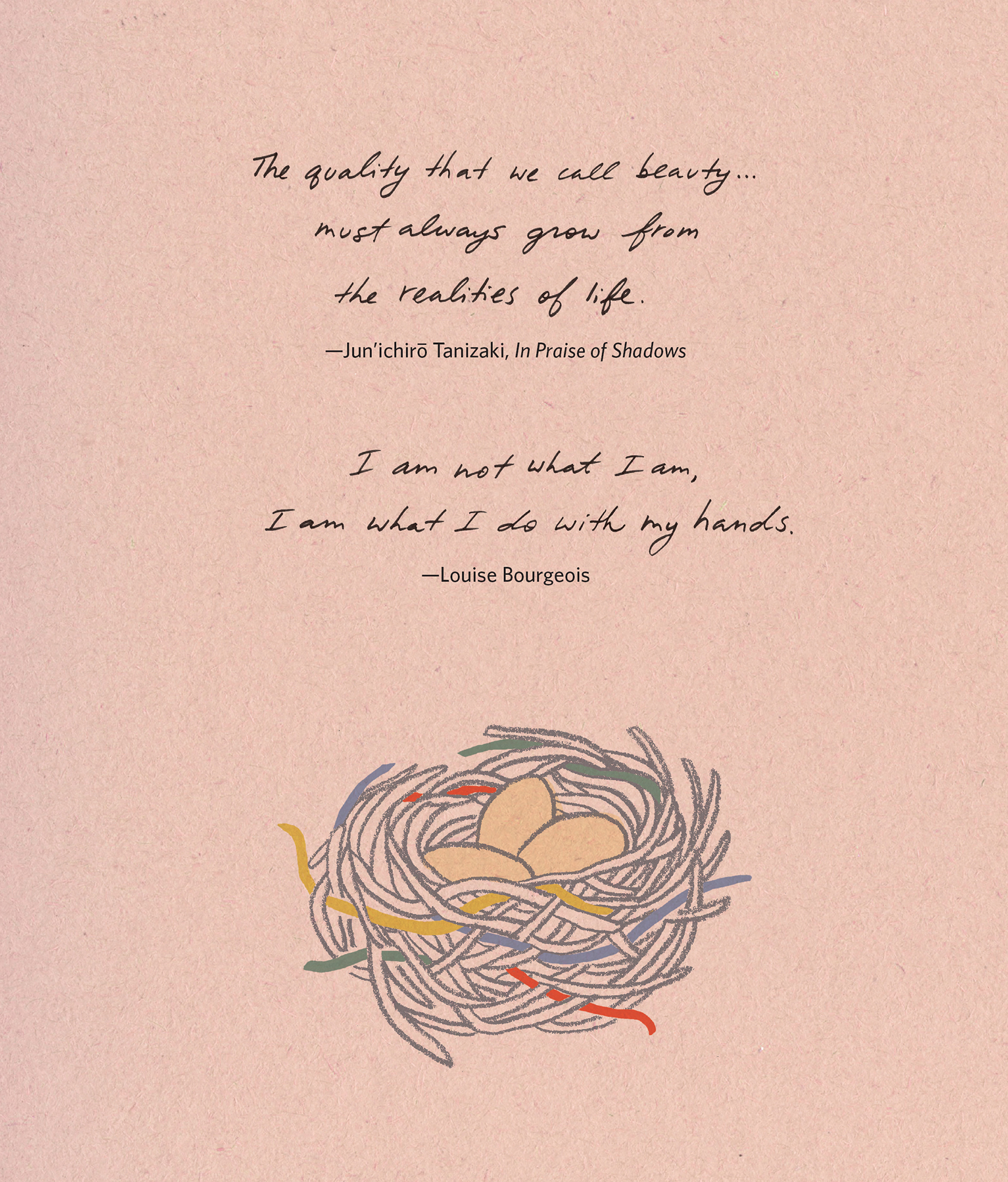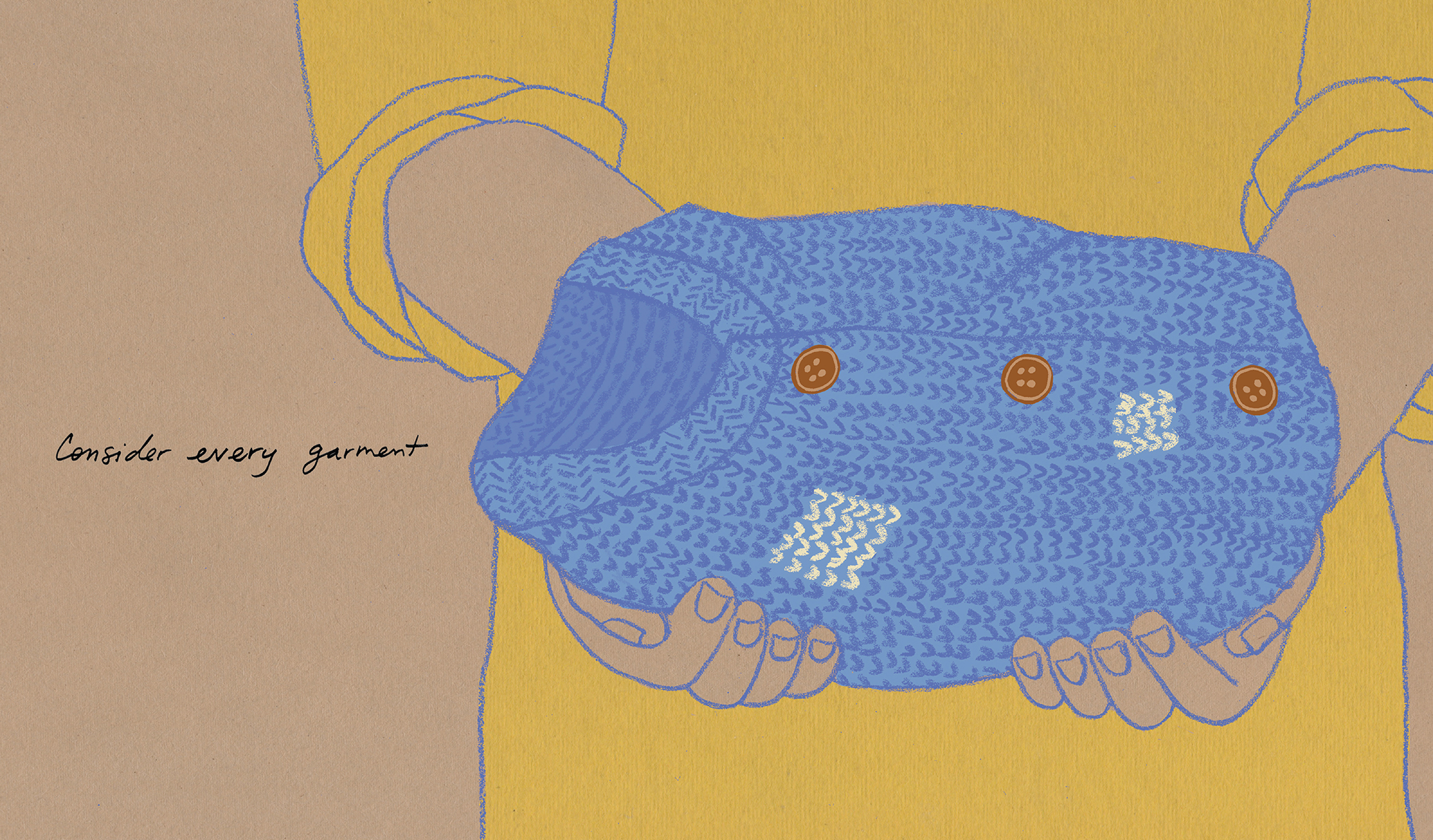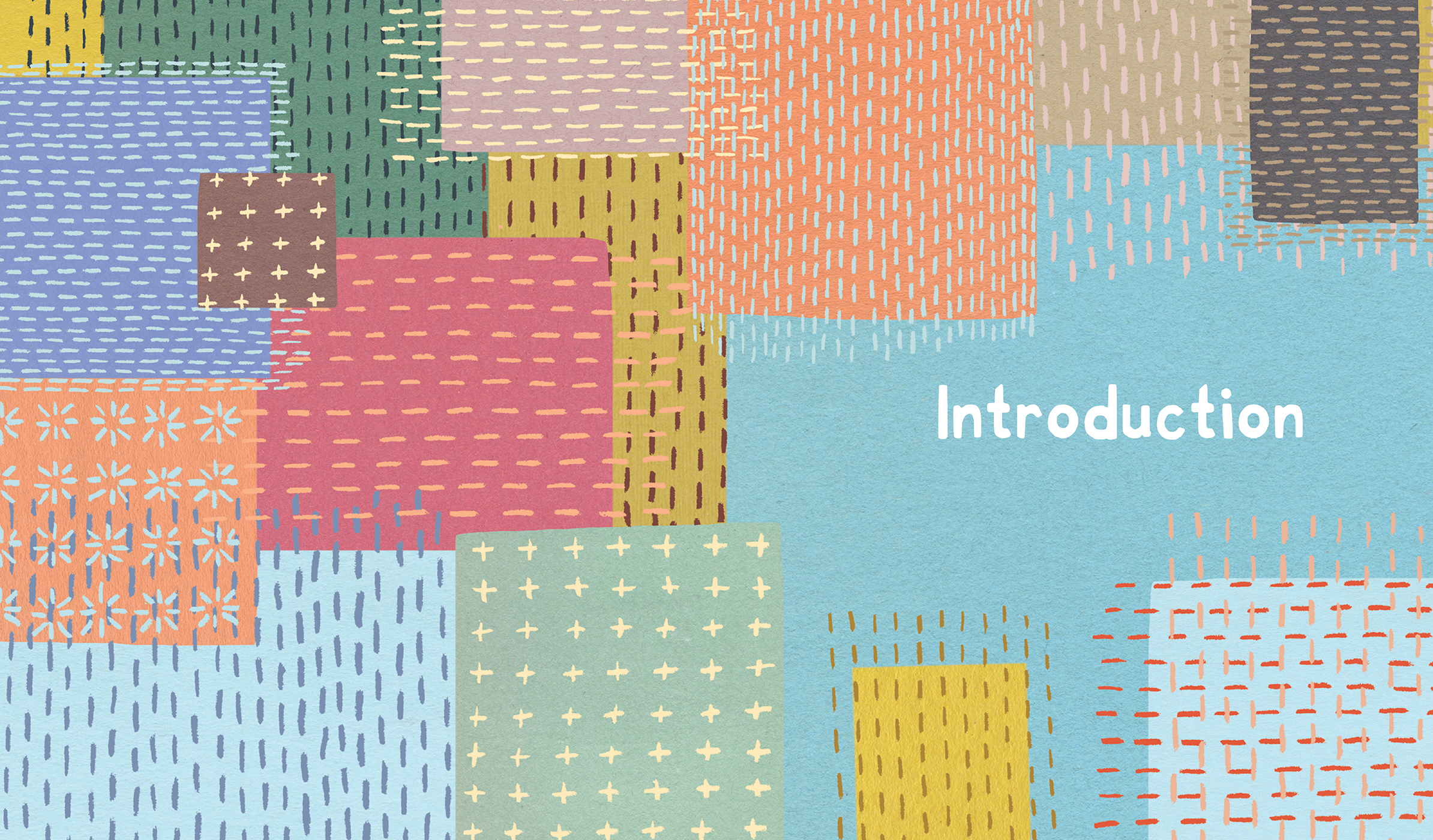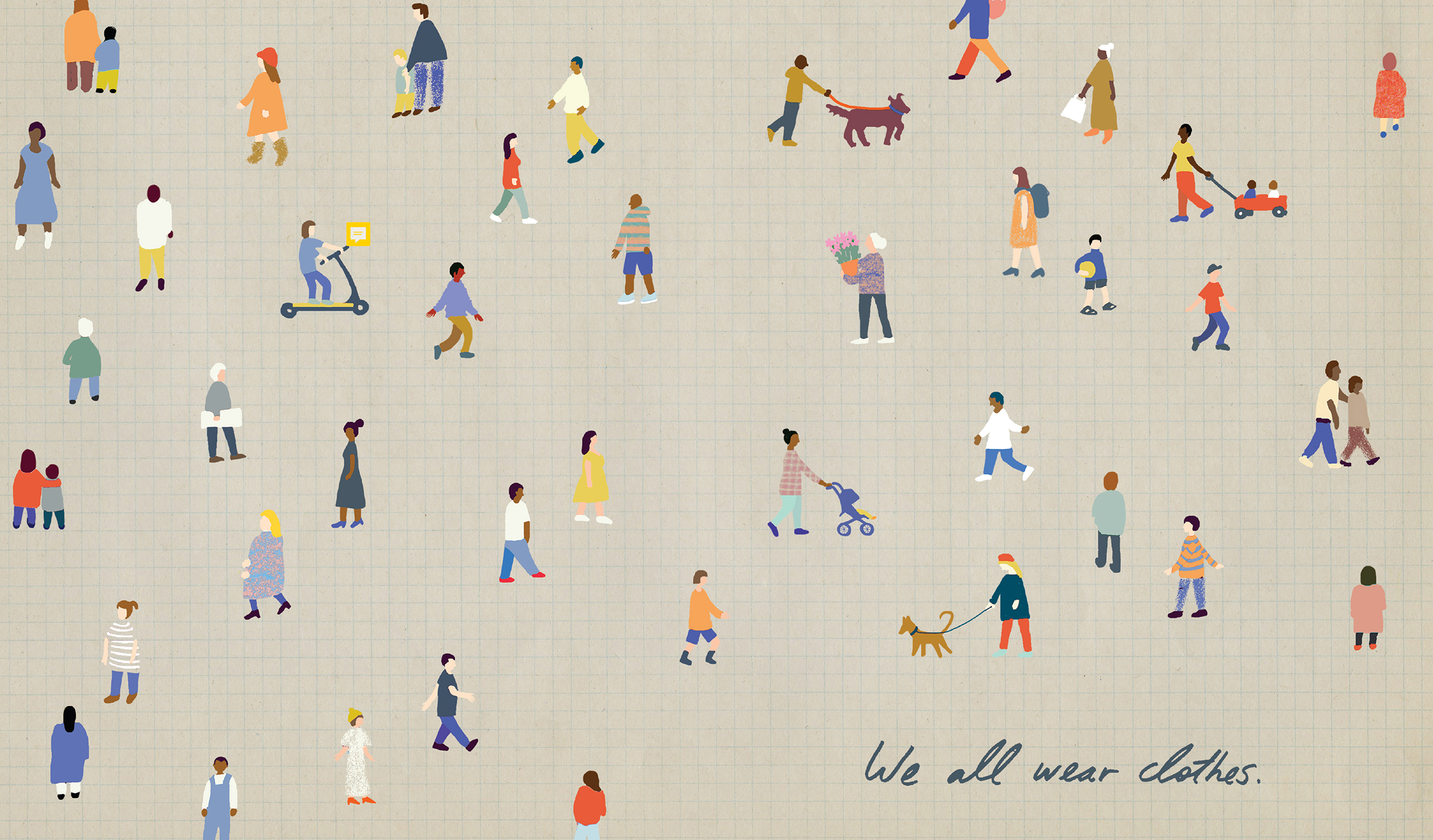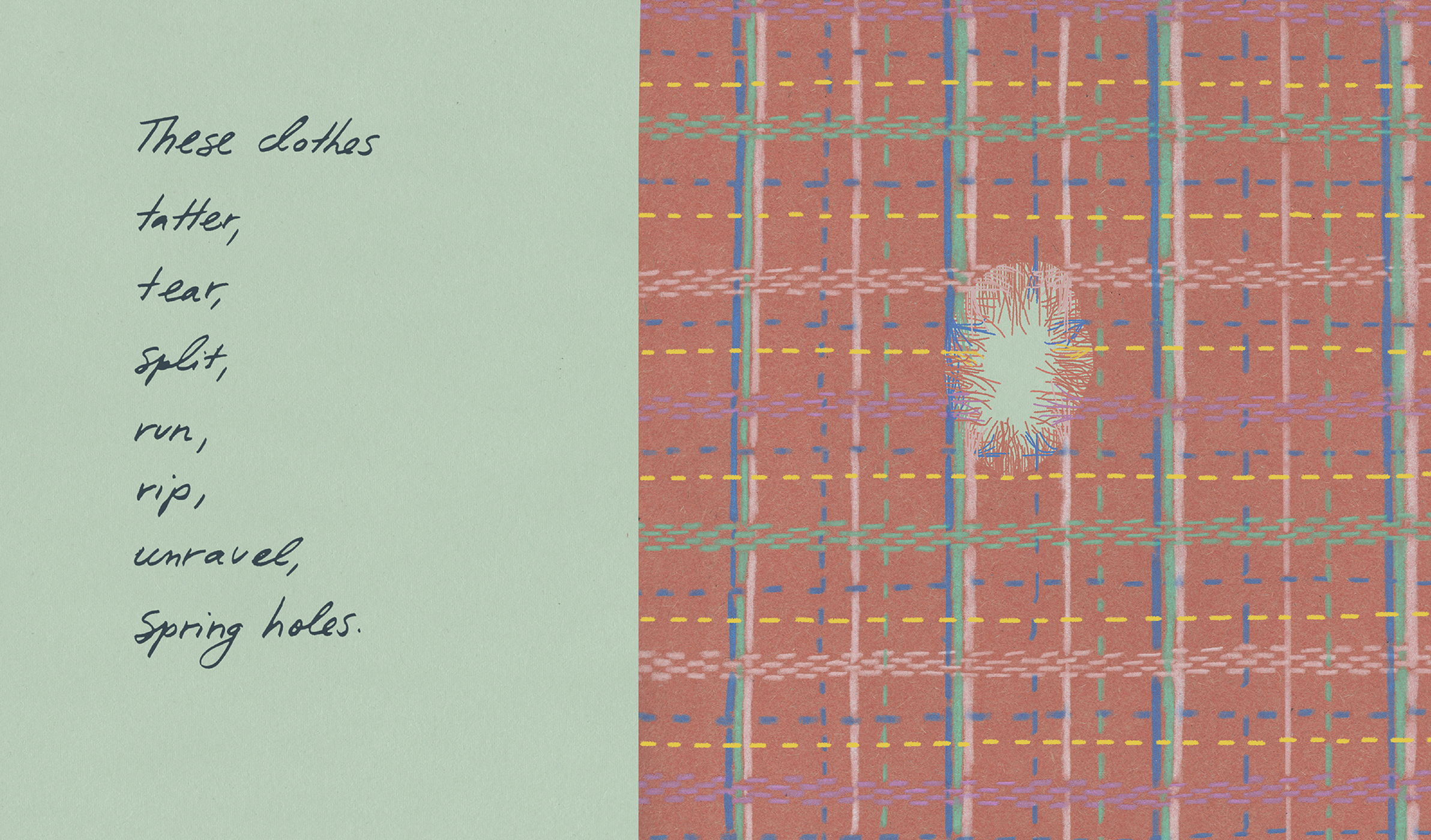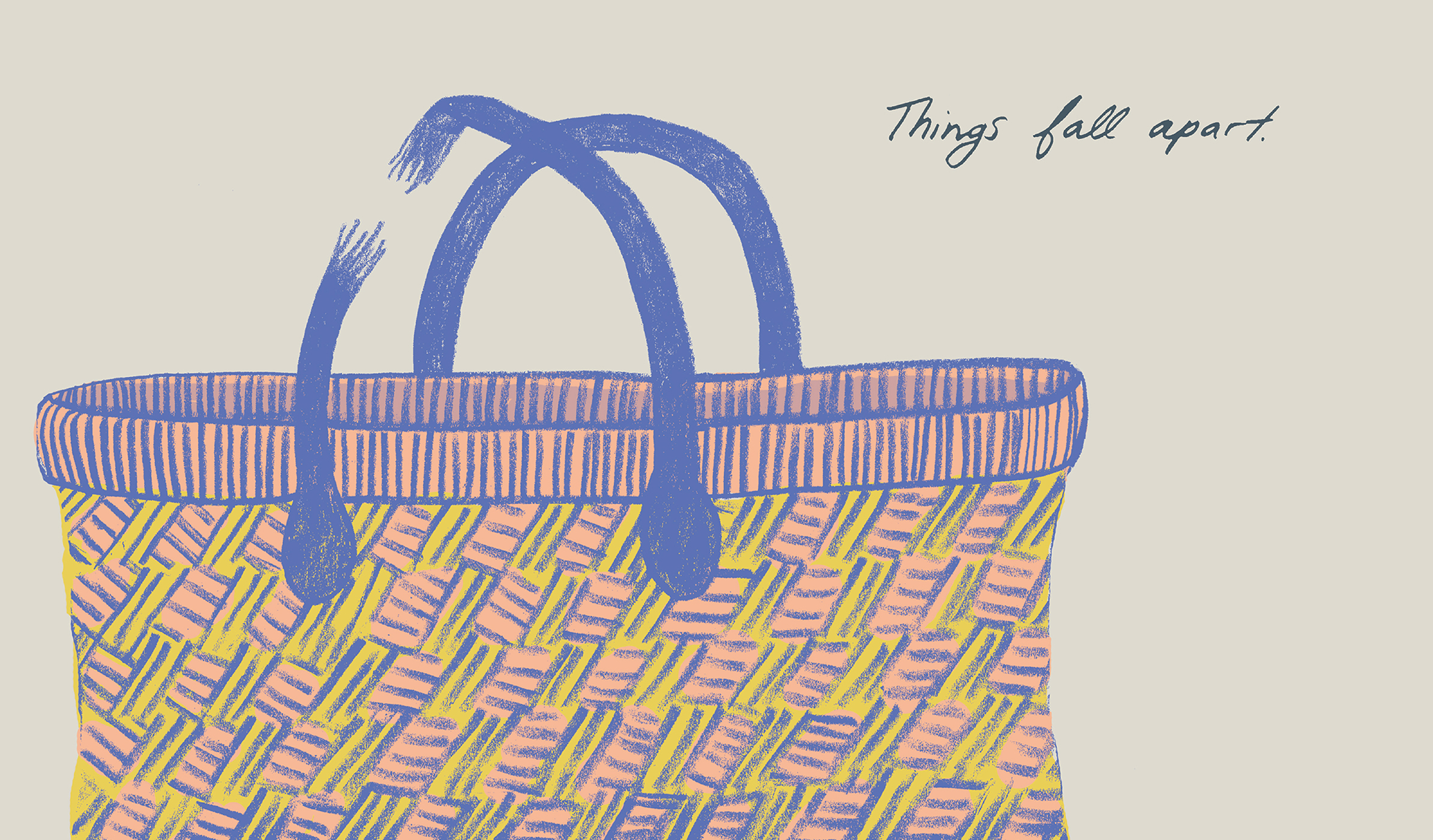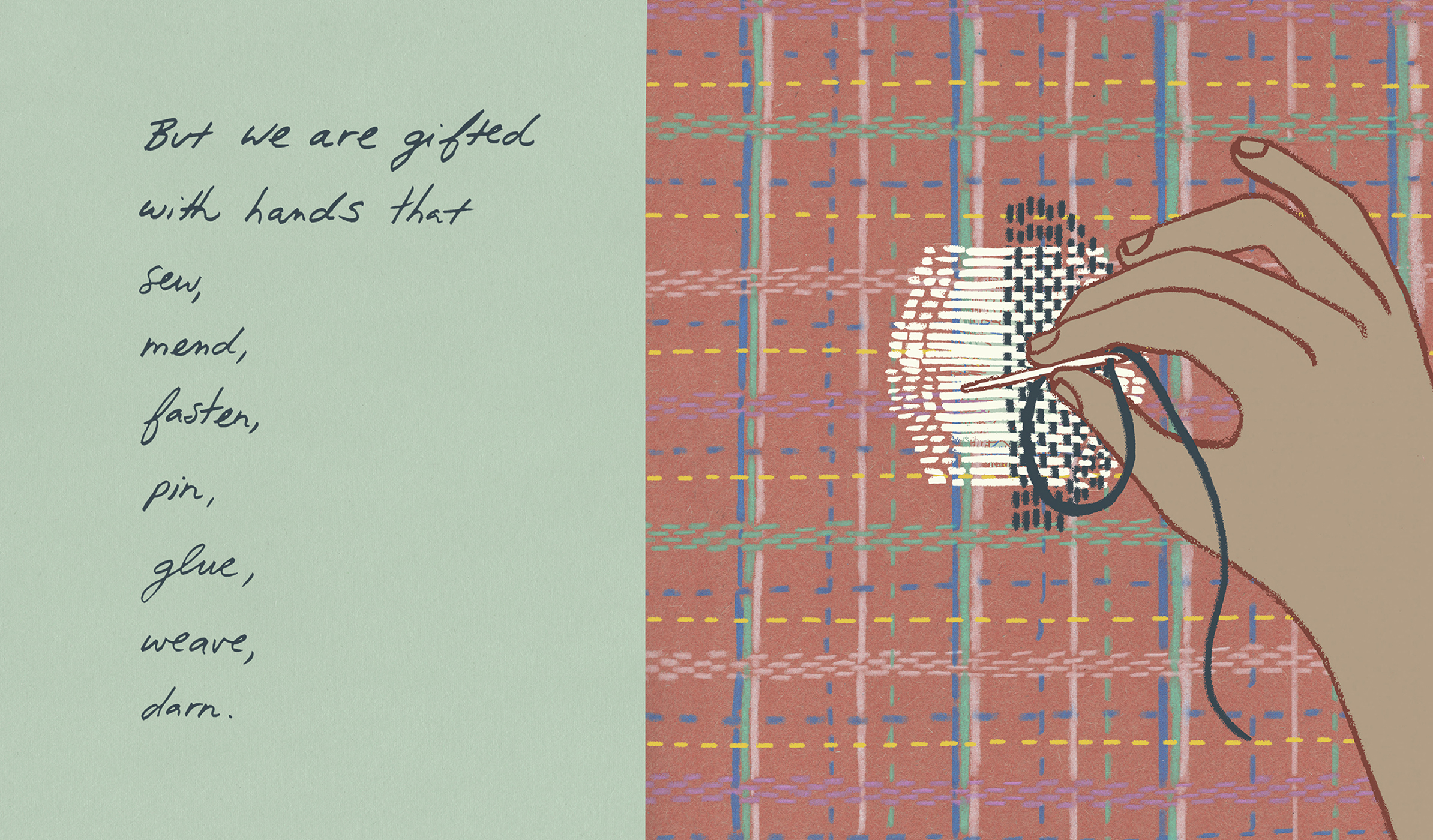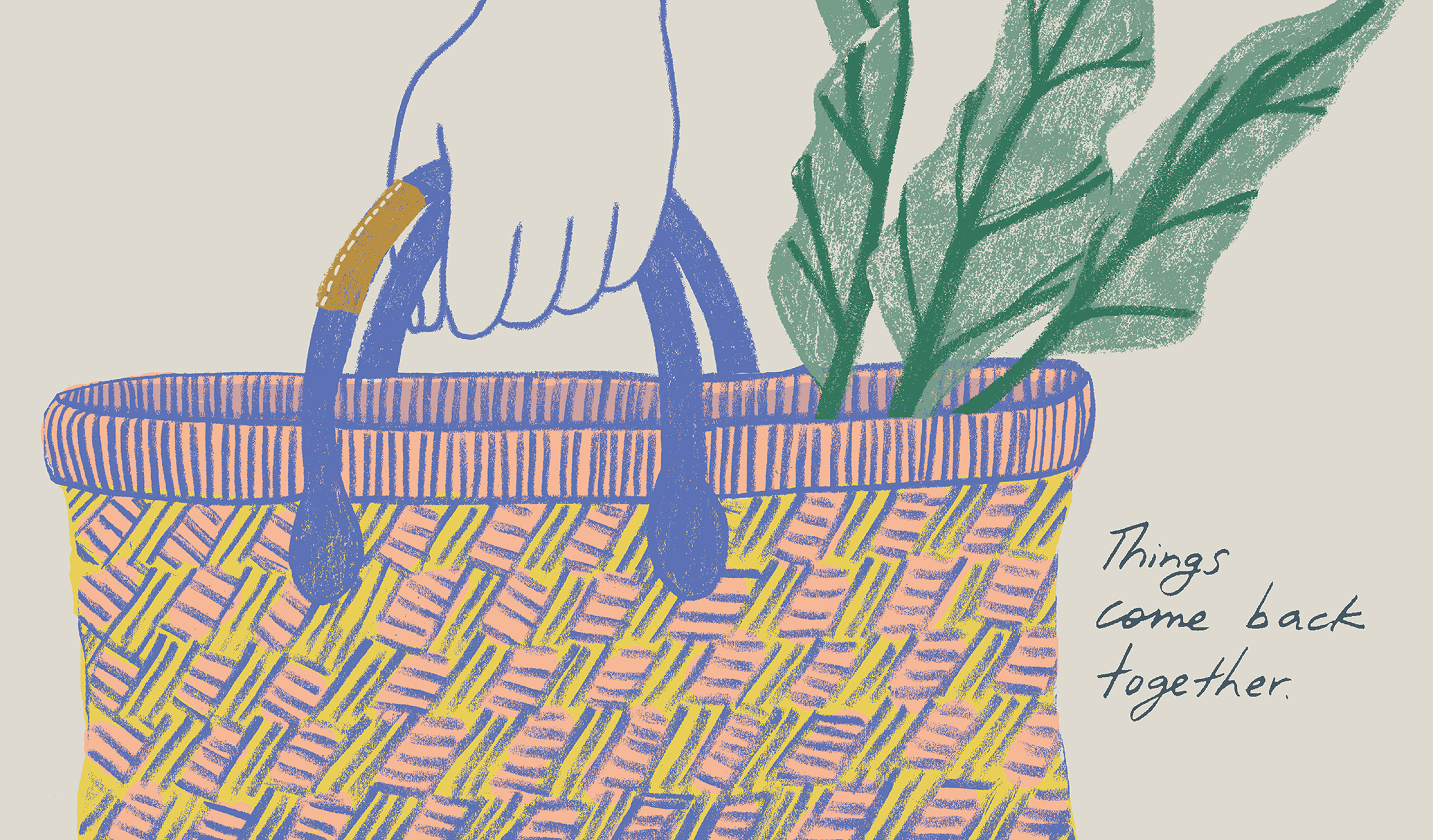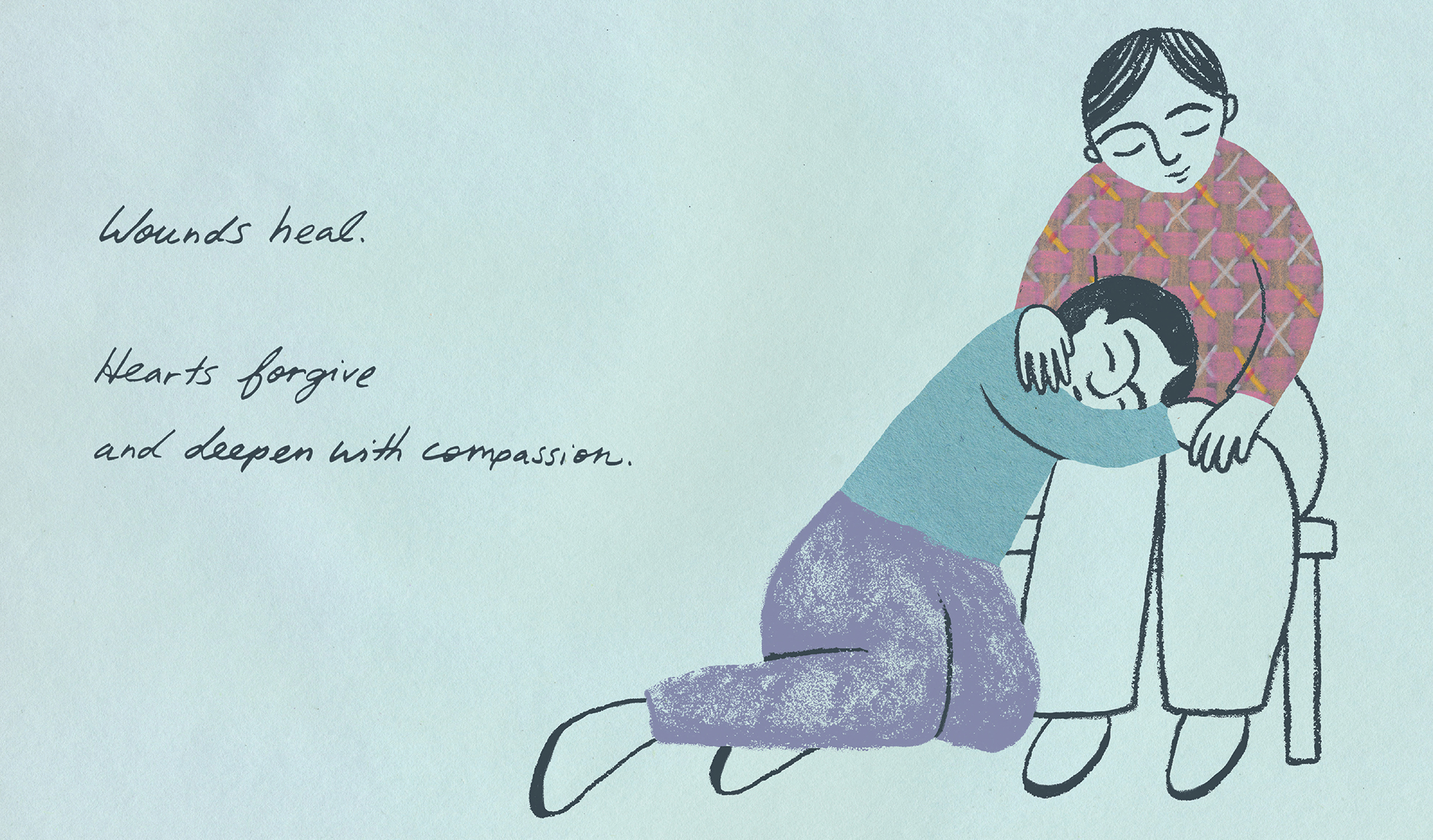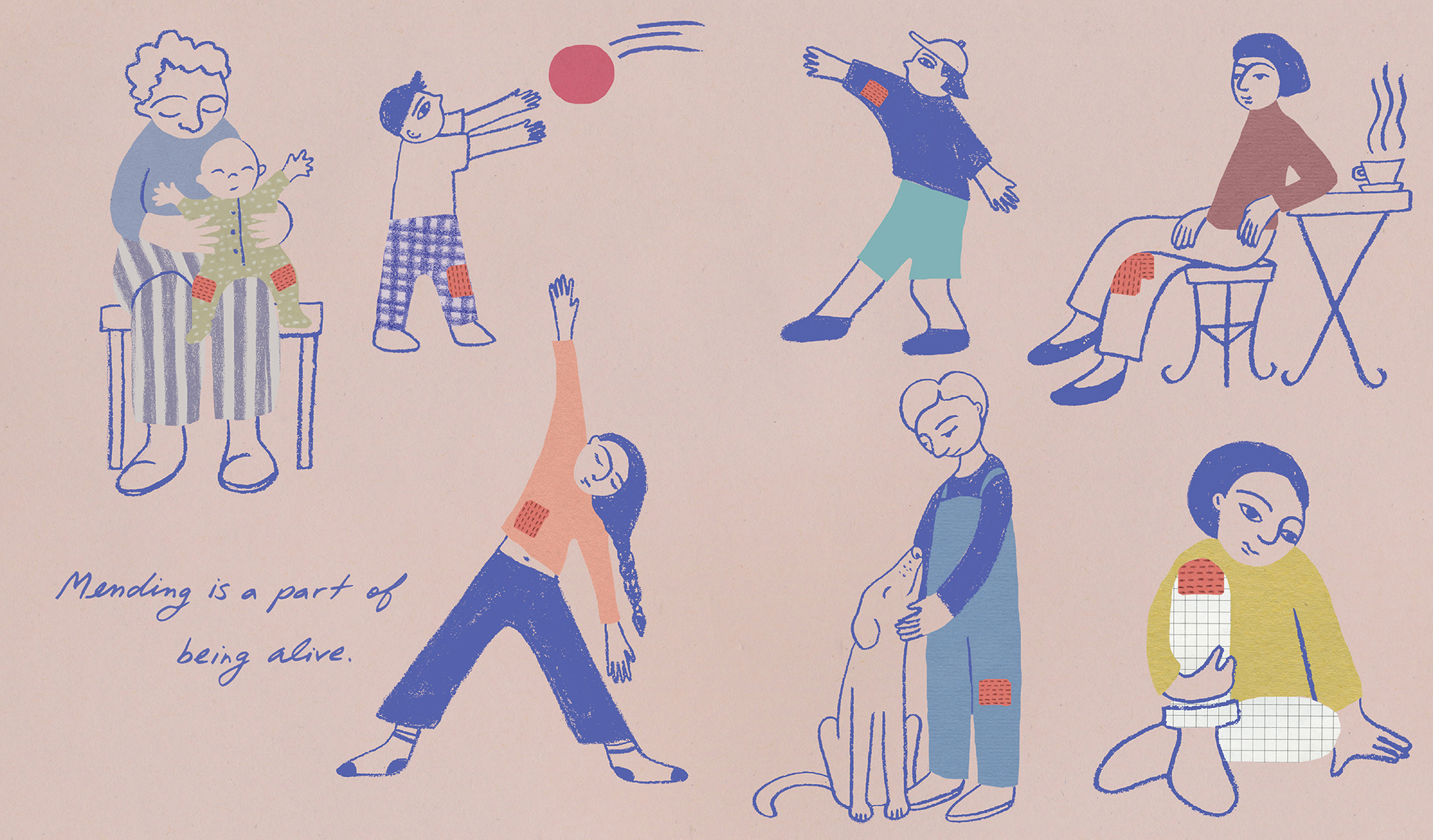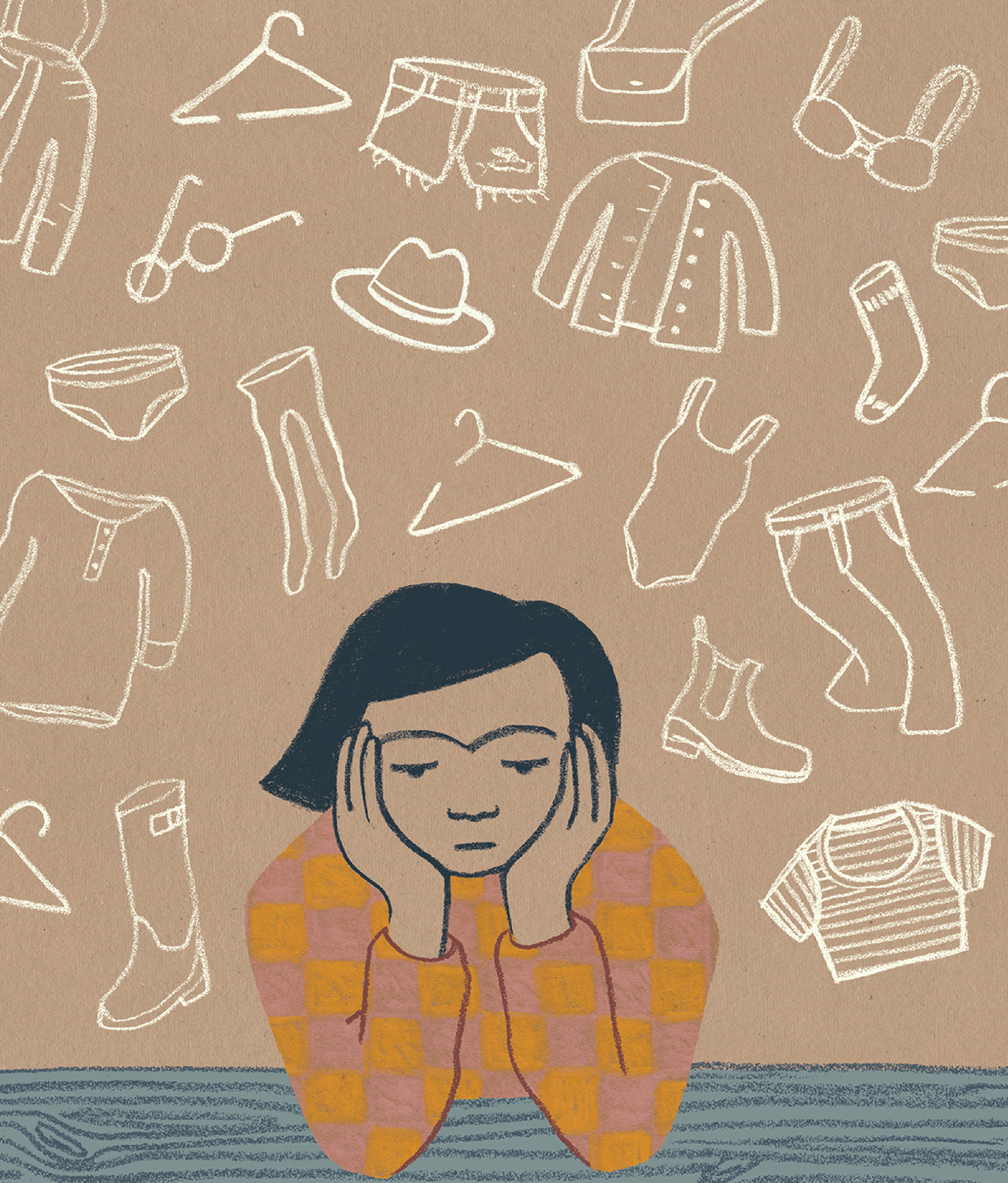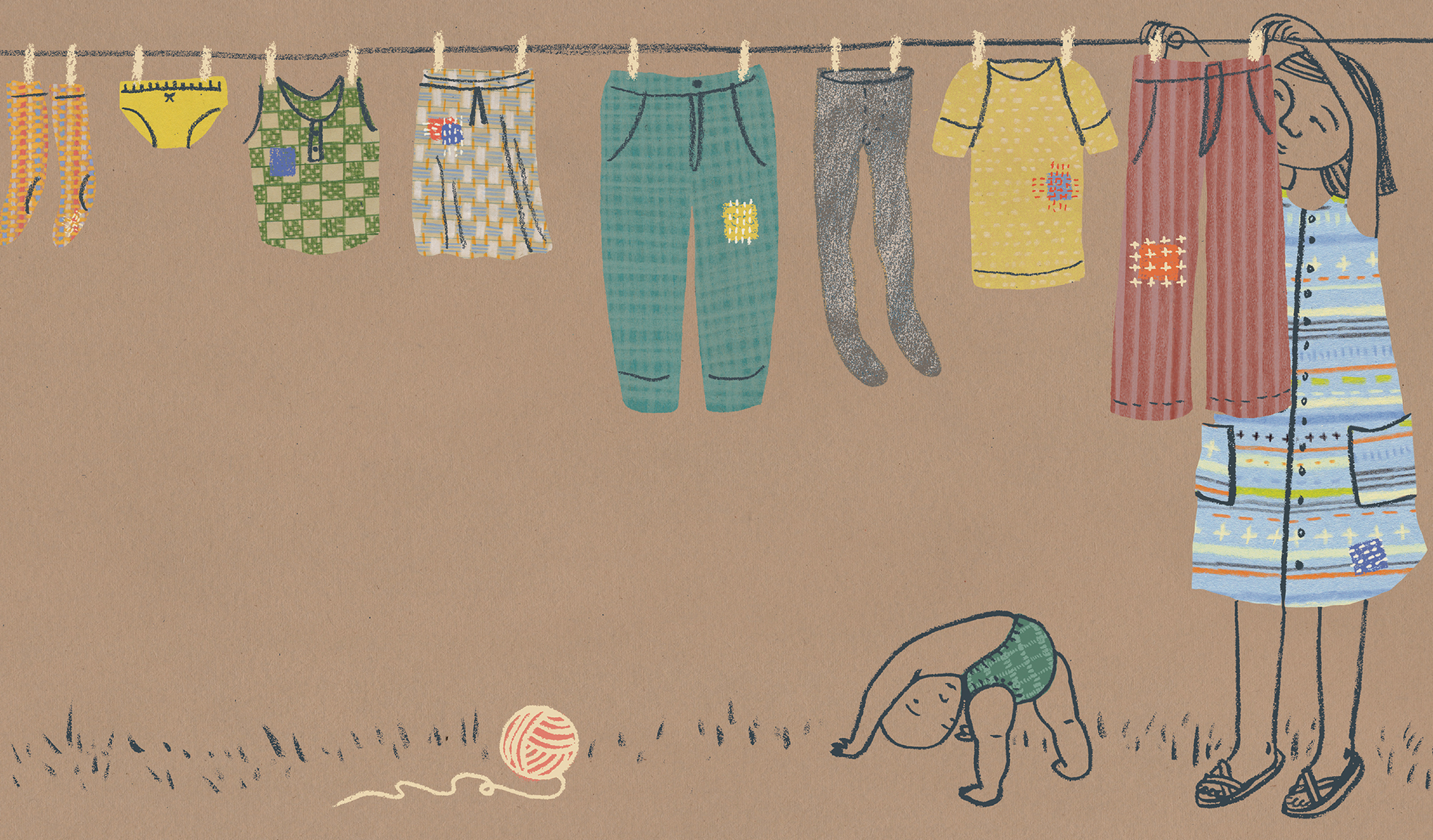Copyright 2020 by Nina and Sonya Montenegro
All rights reserved. No portion of this book may be reproduced or utilized in any form, or by any electronic, mechanical, or other means, without the prior written permission of the publisher.
SASQUATCH BOOKS with colophon is a registered trademark of Penguin Random House LLC
Editor: Susan Roxborough
Production editor: Jill Saginario
Designer: Bryce de Flamand
Production designer: Alison Keefe
Library of Congress Cataloging-in-Publication Data
Names: Montenegro, Nina, author. | Montenegro, Sonya, author.
Title: Mending life : a handbook for repairing clothes and hearts / Nina and Sonya Montenegro.
Description: Seattle, WA : Sasquatch Books, [2020] | Includes bibliographical references and index.
Identifiers: LCCN 2019015016 | ISBN 9781632172525 (hard cover)
Subjects: LCSH: Clothing and dress--Repairing--Handbooks, manuals, etc.
Classification: LCC TT720 .M66 2020 | DDC 646/.3--dc23
LC record available at https://lccn.loc.gov/2019015016
ISBN9781632172525
Ebook ISBN9781632172532
Sasquatch Books
1904 Third Avenue, Suite 710
Seattle, WA 98101
SasquatchBooks.com
a_prh_5.5.0_c0_r1
Consider every garment youve ever owned; consider where it is now. Consider a garment you loved that you let go of along the way, deeming it irreparable. Now imagine hands open in front of you, offering you that garment, revived and ready to wrap around your body once again, ready to keep you warm or dry or cozy or beautiful. Imagine the feeling of love and gratitude as you examine each tiny stitch that those hands wove. That is the gift of mending.
Why Mend?
This book is an invitation to you, dear reader, to join the rekindling of an age-old practice. Mending was once a necessitymost people had only a few cherished garmentsand to buy something new was expensive. Today it costs so little to purchase clothing that when a garment springs a hole it can be casually discarded and replaced. Yet much of the true cost of clothing made abroad is hidden, including environmental destruction and the dangerous conditions garment workers are subjected to. As our eyes open to these harsh realities, our hearts break. We wonder what we can do in the face of such enormous ecological and humanitarian crises.
At first glance, mending may seem inconsequential, but not only does it mean buying fewer new clothes (thus slowing down the fast fashion cycle), it also invites us into a new way of being. Mending is a powerful act of restoration, both for our clothes and for our relationship to the world. We mend in gratitude, honoring all that went into making our clothes: the people who labored to bring them into being, and the plants and animals that contributed to their creation. In taking care of that which takes care of us, we are demonstrating a deep understanding of our interconnectedness with every part of this world. When we sit down to mend, we cultivate a mindset that extends beyond clothing. Much like meditation, mending teaches us to embrace imperfection, and to practice patience and acceptance with ourselves. Through mending, we become accustomed to seeing our hand in the things we own. We become an active participant in their evolution.
Making something whole again is also a form of healing, and we humans have a deep desire to heal what is broken. Learning to mend gives us a new lens through which to problem solve. A garment or belonging we thought was beyond repair is now stitched back together by our own two hands and we discover we are more resilient than we thought. We may even begin to see other opportunities for healing: we can make amends with someone were at odds with, we can restore fertility to degraded soil, we can create a thriving urban oasis for pollinators, and with each small act, our broken hearts begin to heal in turn.

This handbook is meant to be passed around and passed down, just as the tradition of mending has been, across time and cultures. The threads that make up its warp and weft are personal reflections based on our own mending journey, and simple instructions for how to mend by hand. We, the authors, are self-taught menders, and because of this, we are confident that mending is a skill anyone can learn regardless of their level of sewing experience.

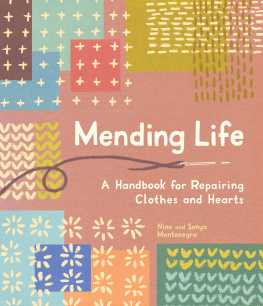

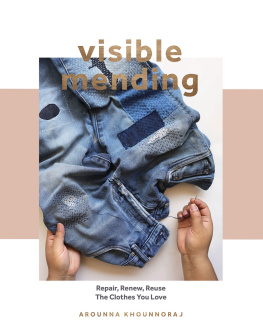

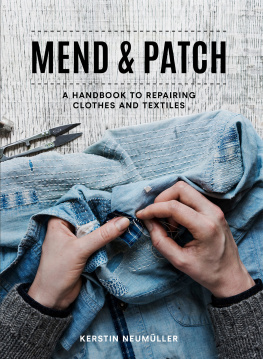
![Noriko Misumi [ミスミノリコ] - Mending with Love: Creative Repairs for Your Favorite Things](/uploads/posts/book/306555/thumbs/noriko-misumi-mending-with.jpg)
